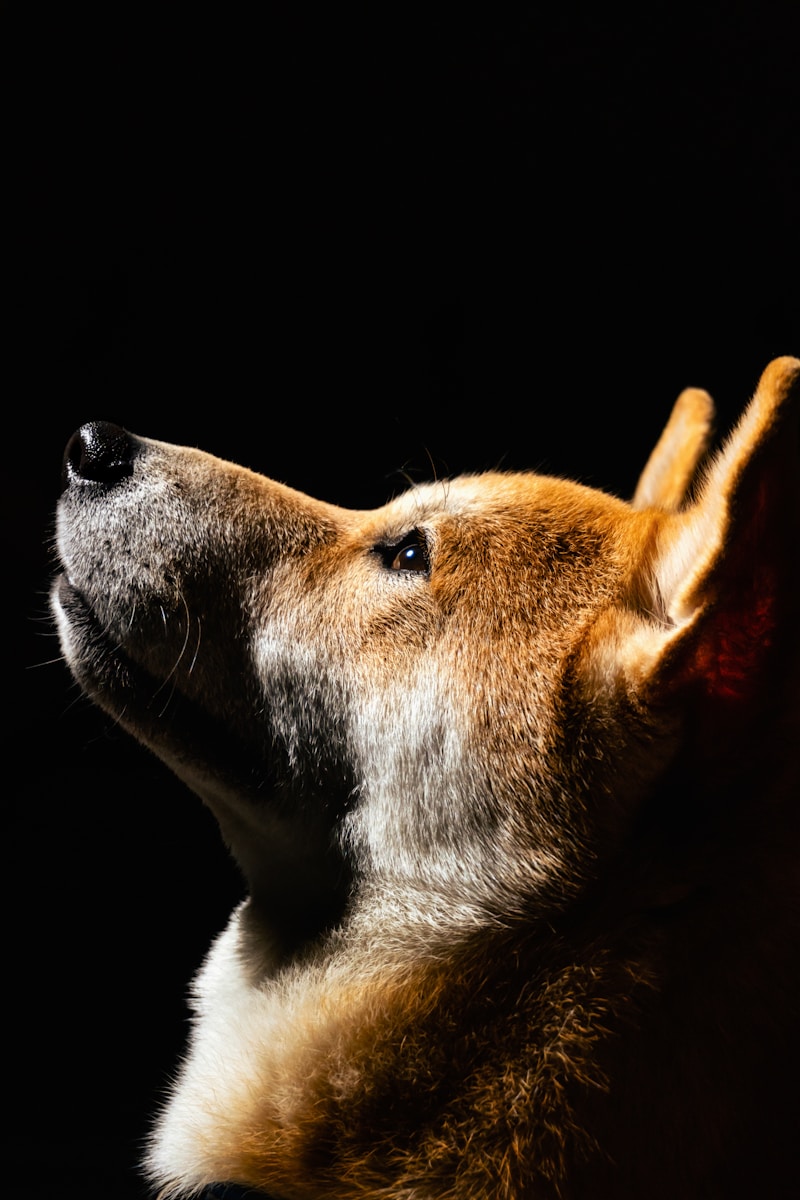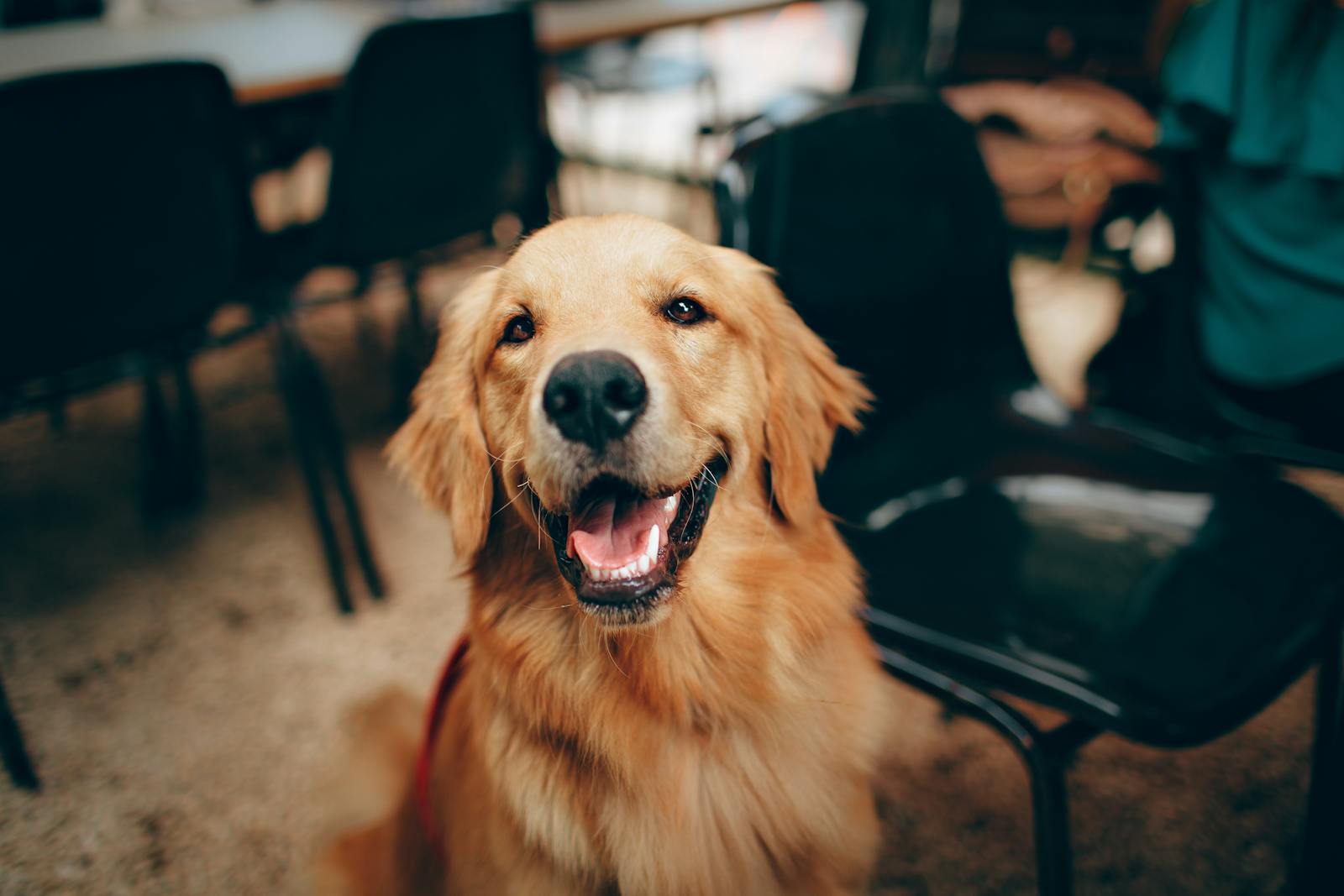Understanding Canine Body Language: Signs of Stress and Relaxation
As dog owners, appreciating our furry friends’ body language is essential for nurturing a healthy and rewarding relationship. Dogs primarily communicate through their bodies, and learning to read these signals can be a game-changer in identifying when they feel stressed or relaxed. In this blog post, we will delve into the key signs of canine stress and relaxation, equipping you with the knowledge needed to respond appropriately to your dog’s needs.
1. The Importance of Body Language
Dogs lack the ability to speak human languages, which means they rely on a nuanced system of body movements and facial expressions to convey their feelings. Understanding these signals enhances our capability to create an environment where our dogs feel safe, loved, and understood.
- Enhanced Communication: By decoding your dog’s body language, you bridge the communication gap between species, fostering greater understanding.
- Improved Bonding: Responding accurately to your dog’s emotional cues strengthens trust, deepening your bond as loving companions.
2. Signs of Stress in Dogs
Stress can manifest in various ways in dogs. Recognizing these signs is crucial for preventing anxiety-related issues from escalating into significant behavioral problems.
Common Signs of Stress:
- Tucked Tail: A tail positioned between the legs usually indicates fear or submission.
- Pinned Ears: Ears held back against the head suggest discomfort or anxiety.
Other behaviors to look out for include excessive panting, pacing, and whining—all potential indicators that your dog is experiencing stress.
More Subtle Indicators:
- Avoidance Behavior: If your dog consistently turns away from people or situations that make them uncomfortable, it’s a clear sign of stress.
- Yawning & Licking Lips: These behaviors might appear harmless but can be subtle indicators of anxiety when enacted frequently outside of normal contexts.
3. Recognizing Relaxation Signals
Equally important as identifying stress signals is understanding when our dogs are relaxed and comfortable. Recognizing these positive cues allows you to reinforce their good experiences.
Key Relaxation Signals:
- Loose Body Posture: A relaxed dog will display loose muscles; their body will not appear tense or rigid.
- Wagging Tail at Mid-Level: A tail wagging at mid-level generally indicates happiness—especially when paired with soft, inviting eyes!
Additional indicators include playful behaviors like bowing—where front legs are stretched forward and the rear end is elevated—showing readiness for fun without underlying tension.
Additional Comfort Cues:
- Soft Eyes & Slow Blinking: A gentle gaze combined with slow blinks signifies trust and comfort in their surroundings.
- Rolling Over & Exposing Belly: This position displays vulnerability, signifying confidence and a belief that they are safe with you.
4. Context Matters
Interpreting canine body language effectively depends on context. Different environments may trigger varying responses from dogs based on their past experiences or the stimuli present around them.
Environmental Influences:
For example:
- In unfamiliar settings, such as during visits to the vet, a typically calm dog might exhibit stress cues due to new sights, sounds, or odors.
Conversely:
- Familiar environments often bring out relaxed behaviors; here, dogs feel less uncertainty and more at ease!
Being aware of how context influences behavior helps prevent misinterpretations—what appears anxious in one situation could simply stem from situational discomfort rather than a fundamental issue with the dog.
5. Responding Appropriately
Once you’ve identified whether your dog is stressed or relaxed based on their body language, knowing how to respond is crucial for maintaining harmony in your relationship.
Helpful Responses:
When your dog displays signs of stress:
- Provide Space: Allow your dog time alone until they feel secure enough to re-engage playfully later on.
In contrast, during relaxed periods, try to:
- Reinforce Calmness: Offer praise or treats when they exhibit calm behavior—this promotes continued positive associations over time!
By consistently learning about canine body language, improving your observation and response skills will help you and your pup thrive together!
Understanding canine body language requires patience but pays off significantly in building a joyful and lasting bond. By effectively recognizing signs of both stress and relaxation, you empower yourself as a caring guardian, prioritizing the well-being of your beloved companion.
What are some of the signals your dog has shown you recently? Share your experiences in the comments below!
news via inbox
Nulla turp dis cursus. Integer liberos euismod pretium faucibua





